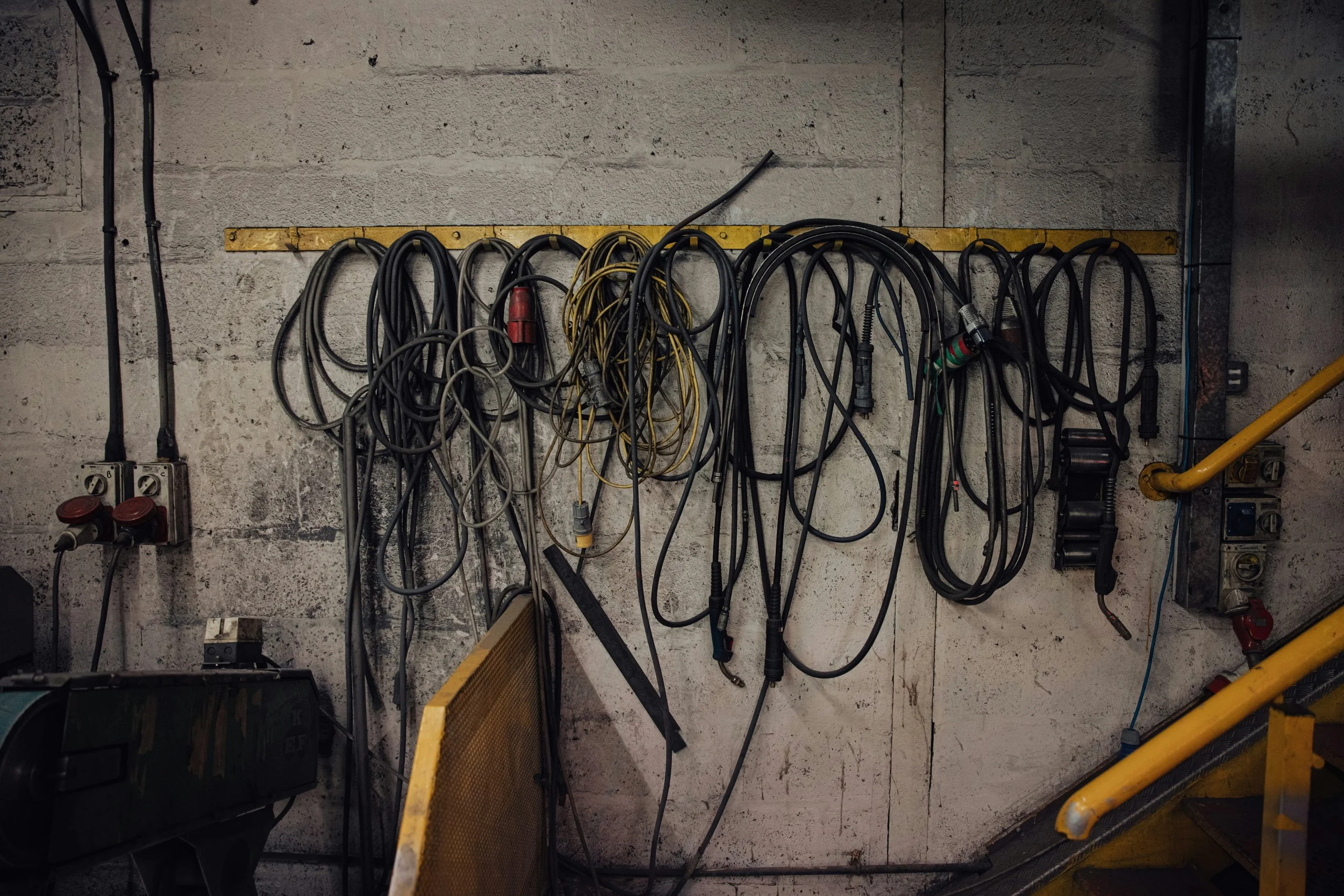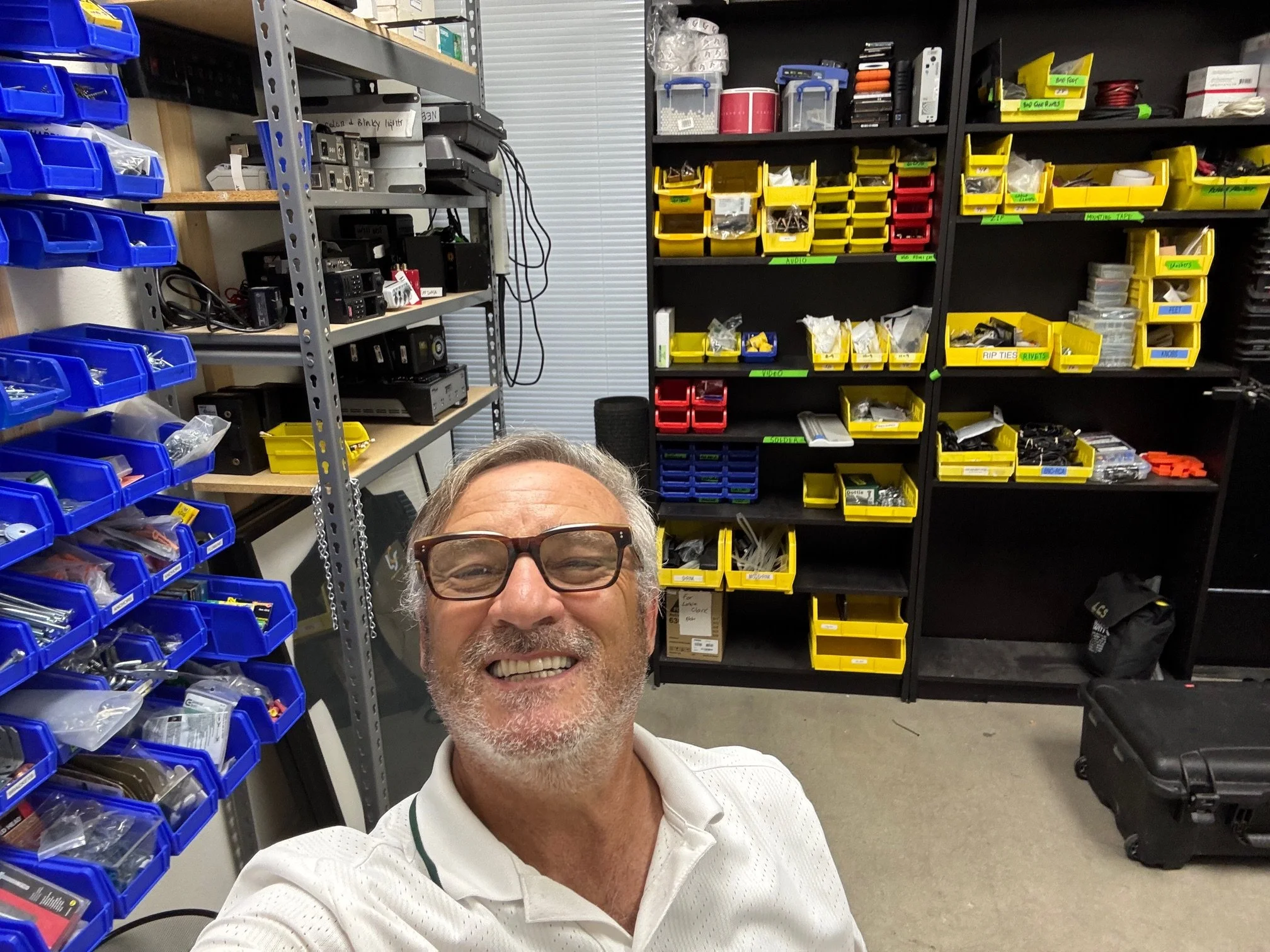In Praise of Organized Chaos: The Art of Controlled Mayhem in Live Production
Walk into any front-of-house table, production trailer, or backstage tent mid-show, and you’re likely to witness what appears to be chaos: radios squawking, cue sheets fluttering, someone yelling “standby,” someone else yelling “hold,” and a tangle of cables that seems to defy basic geometry.
But look closer — it’s not just chaos. It’s organized chaos, and it’s a beautiful thing.
What Is Organized Chaos?
Organized chaos is the paradox of environments that look disordered on the surface but are actually highly intentional, efficient, and functional beneath it. It’s the system behind the madness. The jazz of production. The silent agreement that everything is exactly where it needs to be — even if it doesn’t look that way to the untrained eye.
In the world of live events, film sets, touring productions, or even fast-paced creative teams, organized chaos is not only inevitable — it’s essential.
Why It Works
1. It’s Adaptive by Design
Live production doesn’t always allow for perfect conditions. Weather shifts, cues move, gear fails. Organized chaos isn’t about resisting change — it’s about building a fluid framework that can adapt fast. You might not know exactly where the spare DI box is, but your system knows it’s either in the road case under the power distro, or the drawer marked “Stage Emergencies.” That’s enough.
2. People Own Their Zones
In organized chaos, every team member operates like a neuron in a brain: autonomous, but interconnected. Lighting knows where audio is; audio knows not to touch video; stage managers know not to panic unless both power and time disappear. This decentralized autonomy breeds accountability — and speed.
3. The Chaos is Only Skin Deep
Yes, there are cables everywhere. But they’re labeled.
Yes, there are papers all over the table. But every operator knows where their copy is.
Yes, someone is making a last-second change. But the comms are clear, and the backup is already rolling.
It’s not messy. It’s alive.
Structure Without Rigidity
Over-organizing can be just as deadly as disorganization. Rigid systems fail under pressure. But organized chaos allows for creative improvisation within a structure. You don’t need every cable tied down — you need the essential cables accessible, and the non-essentials out of the way. You don’t need everyone to follow a script — you need everyone to understand the goal and be able to get there by any means necessary.
The Production Table as a Microcosm
The FOH production table is a perfect metaphor for organized chaos:
• A stack of gaffer tape, Sharpies, cue cards, and flight packs
• A mess of notes scribbled on last night’s dinner napkin
• Laptops, routers, and lamps balanced precariously
• And somehow, everything works, on time, every time
It’s not disorder. It’s an ecosystem.
Creativity Needs Room to Roam
Organized chaos works because it leaves space for the human element — quick thinking, instinct, teamwork, and trust. The best shows aren’t the ones where nothing went wrong. They’re the ones where everything could have gone wrong — and didn’t, because the crew knew how to dance with chaos.
So next time someone raises an eyebrow at the state of your FOH table, just smile and say,
“Don’t worry — it’s organized chaos. We know exactly what we’re doing.”
Our fearless leader Randy Clark sits in his office amidst the organized chaos…


